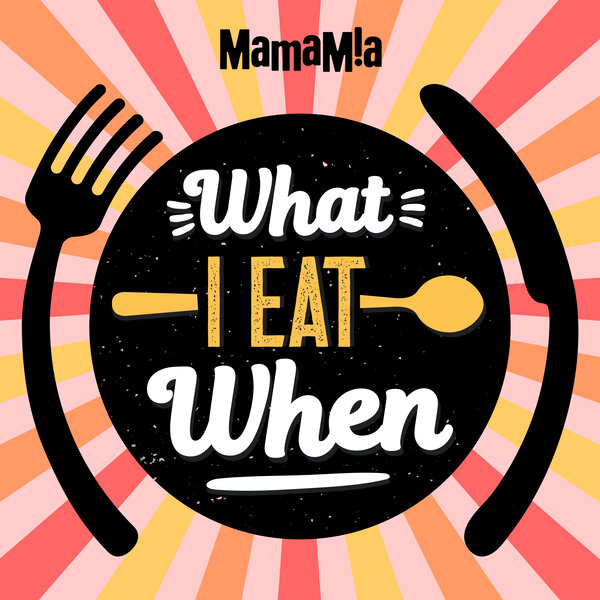

So many cheeses, so little time.
OK, that’s not exactly a saying. But in all seriousness, it might as well be. The cheese aisle is a magical place where some of the most important household decisions are made.
And Australia alone produces hundreds of mouth-watering cheeses – all with the same package of healthy nutrients, protein and calcium.
The thing is, in the rush of trying to get our weekly shop done and dusted, most of us end up reaching for the same brie and cheddar that we always do. That, and we can find ourselves overwhelmed for choice, without a clear idea of how exactly the more obscure cheeses should be eaten.
What this means is that many of us are missing out on a whole, wide world of cheesy goodness. And considering cheese is one of the great food joys in life, it seems crazy not to indulge that.
After much careful deliberation, we’ve rounded up a list of alternative cheeses for the popular classics. Importantly, they’re all easy to find at local retailers.
1. If you like mozzarella, try burrata.
Most of us will use mozzarella generously in our cooking, especially Italian-inspired pasta sauces and pizzas. It traditionally comes as a soft white ball in water, but these days we also buy longer-lasting versions that are shredded, firmer and more yellow.
So I’m just going to go ahead and say it. Pause on the mozzarella. Burrata is what dreams are made of.
What’s it like? Burrata looks similar to classic mozzarella: round, moist, creamy, delicious. But it takes mozzarella one step further, because it is formed in a pouch and filled with soft curd and cream. The magic happens when you slice it open to reveal a beautifully oozy centre.






